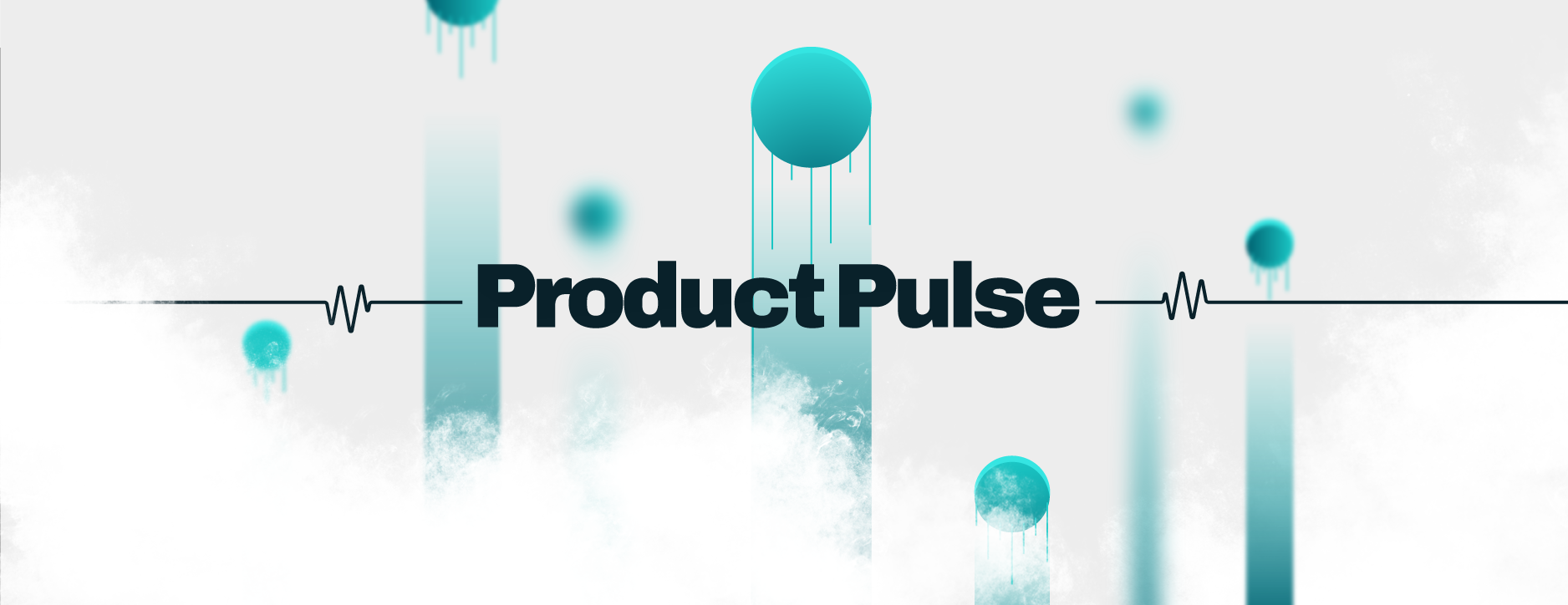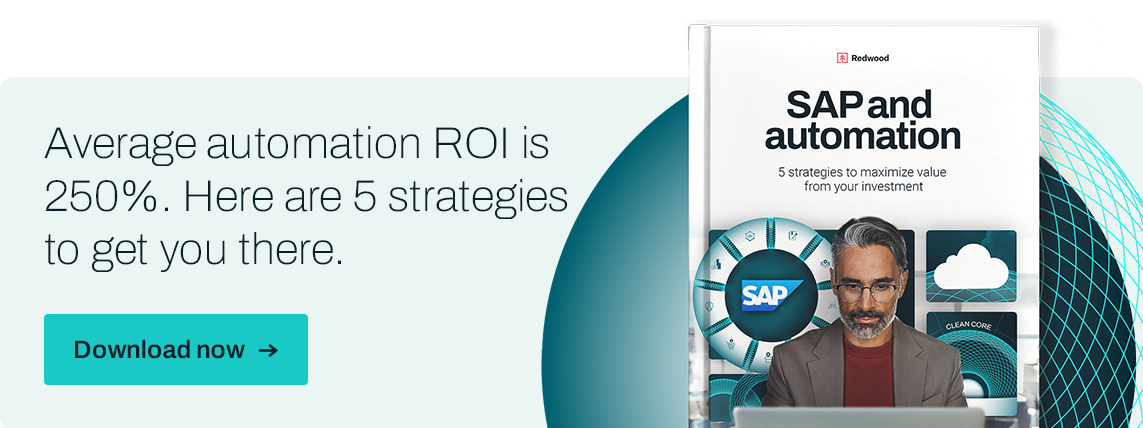RISE faster integrating SAP BTP and workload automation

Technology continually reshapes how businesses operate, and some platforms stand out as particularly impactful. SAP Business Technology Platform (BTP) is one of them. As a portfolio of technologies and microservices that enable integration with and extension of SAP solutions while keeping a clean core, SAP BTP is a cornerstone for enterprises on cloud journeys.
If your organization is a cityscape, SAP BTP is the urban planner bringing innovative ideas to the table and ensuring everything works together seamlessly. But as any seasoned city planner would tell you, the most impressive cities don’t just look good — they also function efficiently.
A diverse IT landscape (your growing city) requires enterprise workload automation (WLA) that includes sophisticated job scheduling on top of advanced data management and analytics, no-code and low-code application development and artificial intelligence. WLA tools handle complex workloads, and job schedulers submit the jobs and batch processes autonomously to servers for execution. Together, these power your mission-critical business processes like a city transit system that never sleeps.
Leveraging the combination of SAP BTP and a robust WLA solution is the key to keeping your city’s heart beating.
We’ll discuss the needs that arise from size and complexity, why an automation fabric complements innovations built with SAP BTP and how to take advantage of end-to-end automation as you move to the cloud via RISE with SAP.
The complex needs of an enterprise
When you’re dealing with a large number of highly complex and interdependent activities, tasks and jobs, you need every one of them to execute perfectly today and every day. There are a few factors that make your automation needs unique compared to a business that can rely on basic automation.
Sequential workflows
In an enterprise context, many sequential workflows must run without a hitch at all times. Rather than simple task lists, your organization likely needs to set up complex sequences where the output of one process triggers the start of another. If any of these workflows fails, the whole end-to-end process comes to a screeching halt, resulting in significant revenue loss, poor customer experiences and other negative business outcomes. It’s important to streamline these sequences, preempt process failures before they happen and reduce the error inherent in manual handoffs for a more predictable and reliable IT environment.
Reliable data orchestration
Data is the currency of the digital economy, and its orchestration is about much more than the simple management of bits and bytes. The right data must reach the right process at the right time. Data flows are vulnerable to bottlenecks, so their orchestration can be a catalyst for improving efficiency. Effective data orchestration ensures your data is accurate and available in a timely manner or even real time.
Scalable end-to-end processes
As your company grows, so do your processes — both in intricacy and scale. Resilience is being able to handle an increasing workload without compromising efficiency or performance. When your operations are truly scalable, you can expand service offerings in your lines of business and create new, innovative business models without overburdening your systems.
Global visibility
The larger your organization and the more complex your business operations, the more important visibility becomes — and the harder it is to achieve. Every stakeholder needs to be able to manage and monitor the tasks and stages of work relevant to them. More importantly, leadership must have broad oversight to facilitate strategic decision-making and quick problem-solving.
Enhancing the automation power of SAP BTP
SAP BTP solutions beautifully support automation. They can perform basic job scheduling, and your IT team can integrate with and create cloud applications using ABAP. However, this approach requires significant resources to develop and sustain the complex end-to-end automations many enterprises need.
To equip your IT team and data professionals with advanced automation, integration, observability and governance, a 100% SaaS-based WLA platform that offers SAP S/4HANA Cloud and RISE-certified integration can be the ideal partner solution.

Differences between RPA, BPM and WLA
Across the SAP BTP landscape, you’ll find opportunities to apply robotic process automation (RPA) and business process management (BPM).
RPA excels in automating repetitive, rule-based tasks that mimic human actions, making it ideal for straightforward activities with little variability. BPM centers around identifying operational improvement opportunities, modeling a business process, defining workflows, automating individual process steps and monitoring process performance for insights. Both RPA and BPM are excellent technologies aimed at automating simple to moderately complex human and machine tasks and individual processes.
WLA, on the other hand, focuses on automating an accumulation of high-volume activities, tasks, jobs and end-to-end processes across an organization’s entire IT infrastructure. It spans many different transactions, systems and technologies and involves scheduling highly complex, interdependent processes such as:
- Data backups
- Batch processing
- File transfers
- Job scheduling
- Workflow approvals
- Monitoring
Applied to both IT and business processes, WLA can coordinate tasks with interwoven time- and event-driven dependencies.
Workload automation complements SAP’s existing automation offerings
For optimal operational efficiency, organizations should aim to reduce silos and build a cohesive, integrated framework of automation tools — an automation fabric — using WLA along with SAP BTP.
Optimize your SAP BTP digital innovations with:

Your WLA solution should complement SAP BTP with:
- A full catalog of out-of-the-box, purpose-built connectors to enhance the efficiency and effectiveness of integrations, customizations, data management and analytics developed in your SAP BTP environment, including:
- SAP Integration Suite
- SAP Datasphere
- SAP Data Services
- SAP Analytics Cloud
- Autonomous integration across SAP and non-SAP systems for scheduling and managing jobs, background processes, high-volume transactions and other tasks within their entire SAP landscape without any manual intervention. Even for the most complex end-to-end processes, autonomous integration optimizes communication, workflow and data exchange between SAP BTP solutions and other systems.
- Data movement and report execution that schedules, triggers and monitors sequential task chains required to move data across the entire tech stack into SAP Datasphere and SAP Data Services. This ensures fast, efficient, consistent and accurate outcomes in your data flows to and from SAP’s data management tools.
- Secure data quality as the foundation for SAP AI use cases. SAP’s AI strategy involves providing tools and services within SAP BTP to enable users to develop and integrate AI-driven features into SAP solutions. This includes access to pre-built AI models, development environments and integration with established AI frameworks. Best-in-class enterprise automation practices connected to AI models within SAP allow for the continuous flow of accurate, timely and unbiased raw manual inputs across the data pipeline.
The clean core advantage
WLA is only truly complementary to SAP BTP if it’s implemented in alignment with SAP’s clean core approach. You should be able to extend the functionality of your SAP products without compromising efficiency and agility with unnecessary and resource-heavy customization.
In SAP BTP, cloud compatibility is a major factor in maintaining a unified environment, as it allows ERP code to remain untouched no matter the extensions and pre-built integrations an organization uses as it migrates to the cloud and thereafter. SAP chooses partners that support its clean core philosophy, especially those that make it easy to transition to S/4HANA Cloud.
Ensure consistent outcomes across your tech stack as you RISE
If you’re in the midst of or considering a cloud transition via the RISE with SAP program and SAP BTP, it’s important to speed up your time to value. The answer is WLA.
You shouldn’t go with just any automation solution; you need one that’s guaranteed to work smoothly alongside SAP BTP. With RunMyJobs by Redwood, you get out-of-the-box SAP BTP integration and connectors that offer:
- Autonomous communication across SAP and non-SAP systems
- Sequential task chain schedules, triggers and monitoring
- Secure data quality
- Fast, efficient and accurate data management
- A continuous flow of information feeding SAP AI models
- Orchestration and monitoring of complex end-to-end processes from a single pane of glass
Like an adept city planner anticipates growth, it’s time to explore the dynamic automation that can level up your SAP BTP environment. Find out more about how RunMyJobs can increase the long-term value of your SAP investment.
About The Author

Neil Krefsky
With over 30 years of experience in product marketing, pre-sales, and business consulting, Neil is a seasoned leader in the tech industry, with a unique combination of subject matter expertise in enterprise automation, financial applications, cybersecurity applications, GenAI, SaaS, ERP systems, contact center solutions, customer experience enhancement, analytics, machine learning, and sustainability.